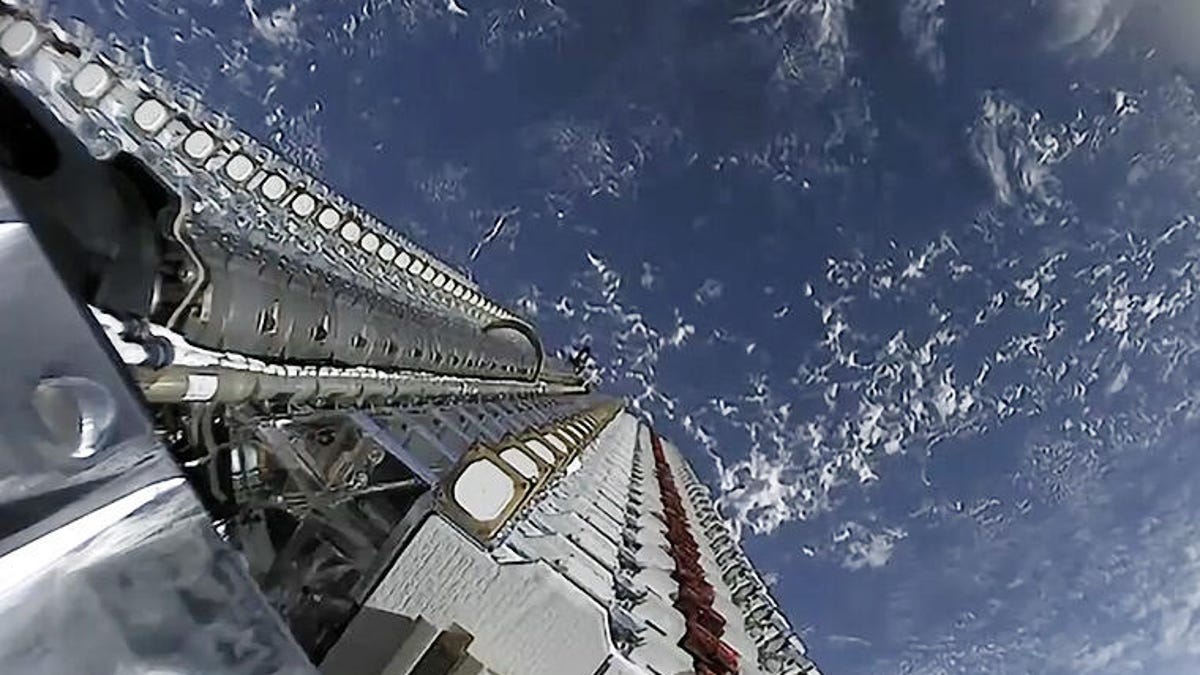How astronomers are being "blinded" by Starlink satellites

Astronomers' work is being impeded by Elon Musk's Starlink satellites, according to a study that was published on Wednesday in the journal Astronomy & Astrophysics.
At present, the Starlink "constellation" consists of around 6,300 operational satellites circling the planet at a height of approximately 550 kilometers. These satellites provide high-speed internet access to locations that would not otherwise have it.
Additionally, they produce unintentional electromagnetic radiation, or "radio noise" (UEMR). The job of radio astronomers who study the sky from Earth is hampered by this.
Light-blind
The study of celestial objects at radio frequencies is known as radio astronomy. Radio telescopes are made to detect radio waves, which have longer wavelengths and lower frequencies than visible light, that are released by spacecraft. In contrast to optical telescopes, which are made to detect visible light. However, radio frequencies can also cause blindness, much like intense visible light (such as the headlights of an oncoming car) does. Basically, this explains why radio noise is an issue.
Radio astronomers might compare their observations made while a satellite is in their field of vision to trying to spot the faintest star visible with the unaided eye next to a full Moon, as main author Cees Bassa of the Netherlands Institute for Radio Astronomy (ASTRON) said to Science Adviser.
Scientist Benjamin Winkel of the Max Planck Institute for Radio Astronomy, who was involved in the research, stated that scientists are literally being rendered blind by the interference. "To be 'blinded' is to accumulate too much light in your eye to see anything; this condition is known as saturation. He told DW, "This is precisely what occurs with our radio telescopes.
Requirement for regulations
It may get worse. According to the recent study, Starlink's second-generation satellites, which make up less than one-third of the network at the moment, emit UEMR at a brightness that is 32 times more than that of its first-generation satellites. This is true even though Starlink has previously encountered issues with the UEMR of its initial generation satellites.
The next generation of satellites regrettably seems to be brighter again, according to Winkel. "The generation 1 satellites did indeed get dimmer in the last year, so Starlink actually did something to them [to reduce radio leaks]."
Furthermore, experts predict that up to 100,000 satellites may be in orbit above Earth by 2030 as the cost of satellite launches continues to decline. In June 2023, the United Nations Office for Outer Space Affairs (UNOOSA) set the figure as 11,330.
According to experts, these developments point to the necessity of restrictions for satellite operators, similar to those that govern radio pollution from electronic sources that are based on the ground, such as cellphone towers. "Any electrical or electronic device must have some level of leakage... the question that is always asked is: how much is leaked?" stated Winkel. Regulations can help minimize this.
